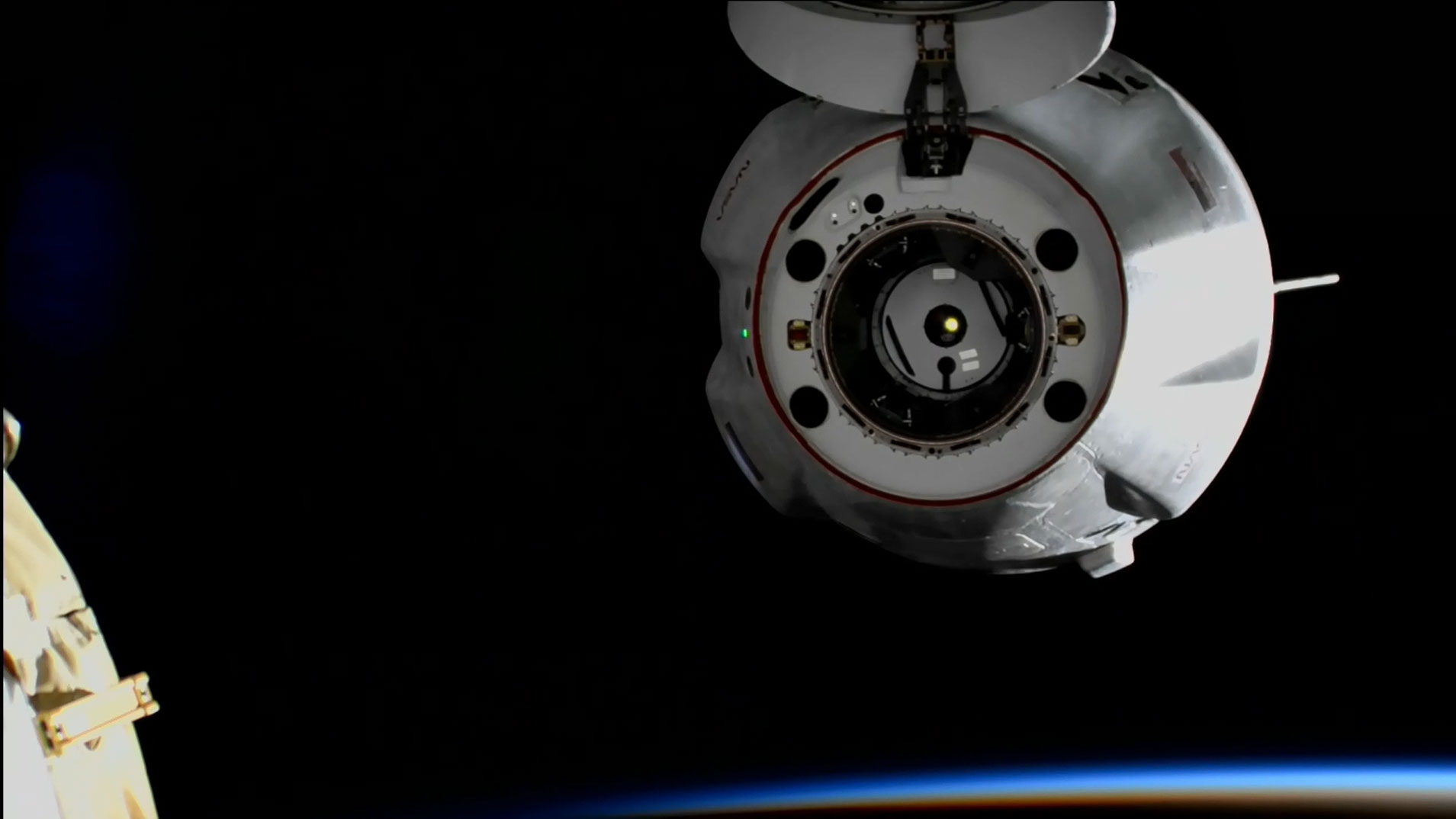
The Expedition 70 crew is turning its attention to the third private astronaut mission from Axiom Space as it counts down to launch next week. Meanwhile, the seven International Space Station residents are also continuing their focus on human research, space botany, and life support maintenance tasks.
The next spacecraft to launch to the orbital outpost rolled out to its launch pad at the Kennedy Space Center on Thursday. The SpaceX Falcon 9 rocket, with the Dragon Freedom crew spacecraft atop, is scheduled to launch four private astronauts at 5:11 p.m. EST on Jan. 17 on a day-and-a-half-long ride to the space station.
NASA astronauts Loral O’Hara and Jasmin Moghbeli will be monitoring the arrival of Axiom Mission 3 (Ax-3) as the Dragon approaches the Harmony module’s forward port for an automated docking at 5:15 a.m. on Jan. 19. About an hour-and-a-half later, the hatches will open and Ax-3 Commander and veteran astronaut Michael Lopez-Alegria will enter the station. He will be followed by first time space visitors Pilot Walter Villadei and Mission Specialists Alper Gezeravci and Marcus Wandt. The Ax-3 quartet will live and work aboard the station for two weeks of research, education, and commercial activities.
O’Hara and Moghbeli on Friday reviewed the Dragon’s approach and rendezvous procedures that will see the duo monitoring data from the vehicle as it nears Harmony for a docking. The pair also joined astronauts Andreas Mogensen from ESA (European Space Agency) and Satoshi Furukawa from JAXA (Japan Aerospace Exploration Agency) earlier in the day familiarizing themselves with the Ax-3 mission profile including crew coordination expectations, the research program, and other activities. The quartet then called down to mission controllers discussing their readiness for the Ax-3 mission.
The four station astronauts also kept up their science work to improve life for humans on Earth and in space. O’Hara began her day collecting and stowing blood samples for analysis followed by a cognition test for the CIPHER suite of 14 human research experiments. Furukawa checked wire connections on combustion experiment gear then tended to tomato plants growing for a plant immunity investigation. Mogensen worked on a science laptop computer and a lab freezer before exploring how virtual reality may improve morale on long-term space missions. Moghbeli explored anti-microbial coatings that may prevent the spread of microbes caused by the human touch on spacecraft.
The three cosmonauts from Roscosmos kept up their maintenance duties ensuring the upkeep of the orbital lab. Oleg Kononenko once again spent the day inspecting the Zvezda service module’s internal structures. Flight Engineer Nikolai Chub checked out electronic components on a carbon dioxide removal device. Flight Engineer Konstantin Borisov worked throughout the day on fluid physics and communications gear.
The space station is orbiting slightly higher after the 85P fired its engines for 17 minutes and 30 seconds Friday morning. The orbital reboost sets up the correct phasing for the ISS Progress 87 resupply mission next month.
Learn more about station activities by following the space station blog, @space_station and @ISS_Research on X, as well as the ISS Facebook and ISS Instagram accounts.
Get weekly video highlights at: https://roundupreads.jsc.nasa.gov/videoupdate/
Get the latest from NASA delivered every week. Subscribe here: www.nasa.gov/subscribe









